As Visual Studio App Center closes, a look back, and what to use now?
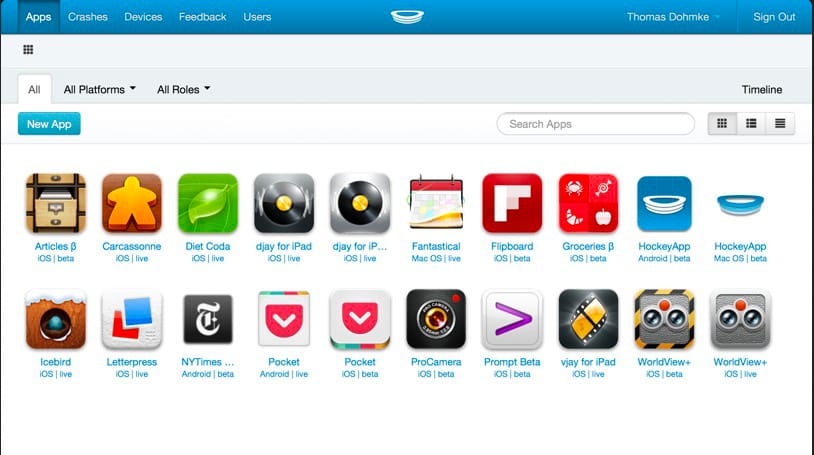
Today is retirement day for Microsoft's Visual Studio App Center, a product widely used by app developers to manage, test, and distribute their releases, alongside other features including automated builds and crash analytics.
Launched as App Center in 2017, the product's origins actually predate this in the form of HockeyApp, a similar product launched in 2011 by Bit Stadium and acquired by Microsoft in 2014. (HockeyApp was itself predated by the Hockey open source project for iOS ad-hoc distribution.)
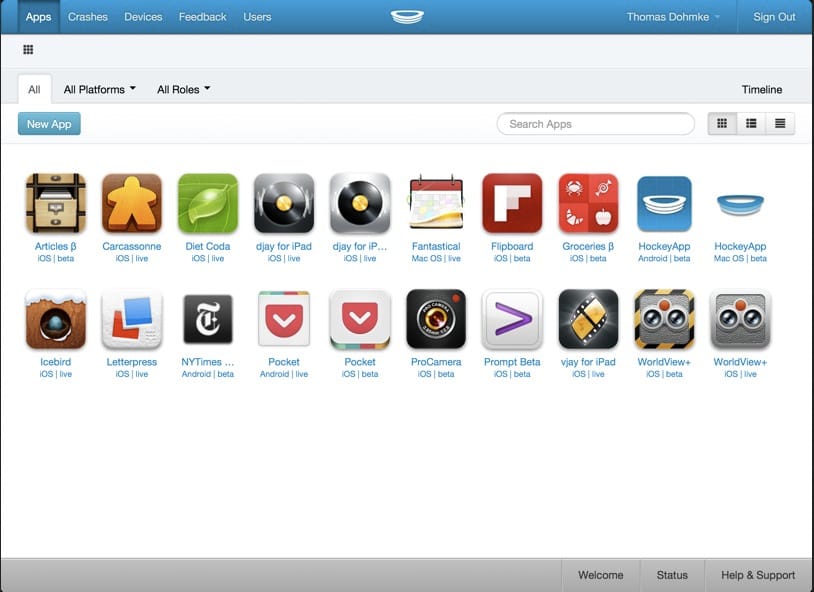
Prior to being acquired by Microsoft, HockeyApp was among the two most popular tools for teams managing their "in-house" iOS and Android app distribution, whether sharing in-development app builds to QA testers, or companies wishing to distribute internally without publishing to platforms like Apple's strictly-gatekept App Store. The other platform being TestFlight, itself acquired by Apple in 2014, and shut down in 2015 when it was replaced by the TestFlight of today, a solution for distributing to beta testers integrated within App Store Connect.
As a mobile app developer in the early 2010's, I used both HockeyApp and TestFlight at different times, and they were a godsend particularly when it came to trying to manage the clunky process of adding iOS device IDs to ad-hoc provisioning profiles, and keeping track of who had access to what. They didn't exactly make it a streamlined process, but they went a long way to helping make it at least somewhat more user-friendly.
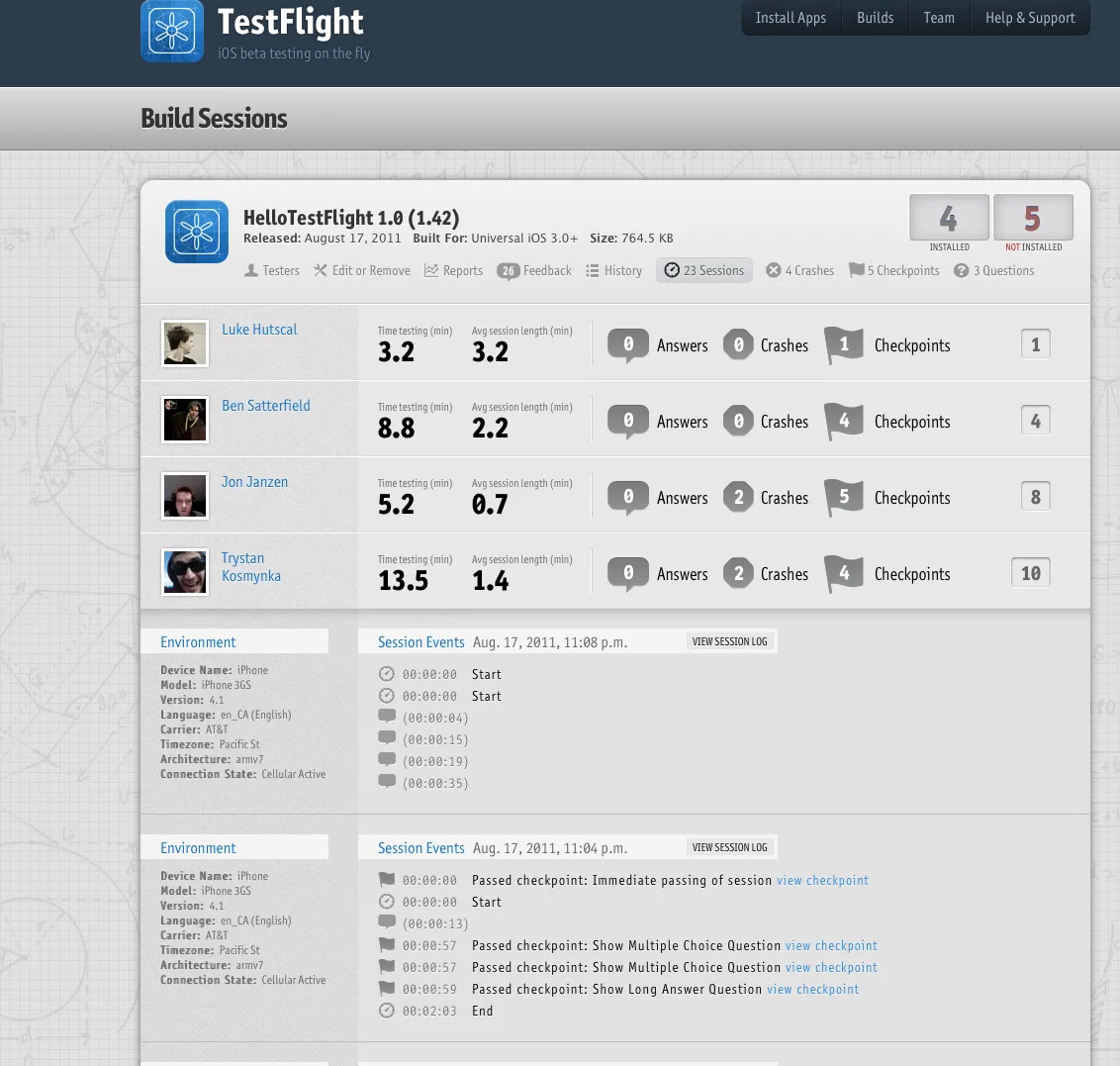
TestFlight became Apple TestFlight, and Google also now offers their own integrated capabilities for internal distribution within Google Play since 2018, and yet, HockeyApp's successor in the form of App Center has survived until 2025.
This is in large part due to App Center evolving significantly since its HockeyApp origins. Today (and literally only until sometime today when Microsoft hits the off-switch!) App Center offers not only internal app distribution across both mobile and desktop platforms, but integrated testing capabilities (running on real devices in the cloud), the ability to automate builds within the platform, and deployment to the App Store or Google Play.
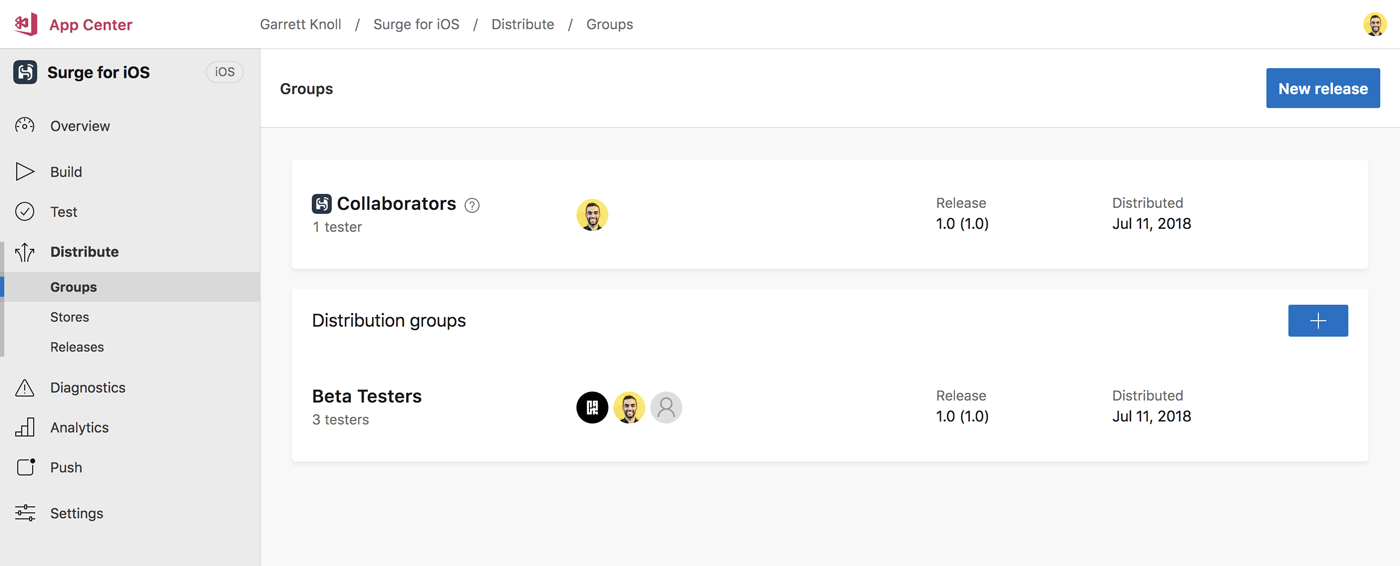
When Microsoft announced the App Center shutdown last year, they recommended an array of alternative tools from elsewhere in their developer toolkit and beyond to replace its capabilities. Users seeking an alternative to App Center's hosted build automation, or App Store deployment, capabilities can look to Azure DevOps Pipelines or GitHub Actions. For cloud-based on-device testing, they recommend external tool BrowserStack. And for internal and test distribution, they simply steer users towards either TestFlight or Google Play Console.
With the degree of overlap in build pipeline capabilities between App Center and solutions offered by Microsoft's other developer platforms across both Azure (in the form of DevOps Pipelines) and GitHub (in GitHub Actions), it's perhaps not surprising they opted to eliminate (Visual Studio) App Center, and seek to consolidate build tools under the remaining two brands.
And yet neither the other Microsoft-offered tools directed towards, nor the external suggestions, offer much of the capabilities App Center offered, and was depended on by many teams. For distributing to large groups of external beta testers, TestFlight these days is great, but there are key limitations.
TestFlight builds still require manual review by Apple prior to distribution, so if you want to manage your own ad-hoc or enterprise distribution whether to employees, testers, clients, or other collaborators, it falls short. The UX for uploading and managing app builds is a bit clunkier. Plus, it's obviously iOS only, just as Google Play is Android only. And missing all the other capabilities App Center offered that many teams relied on, outside of simple beta distribution.
We're building Buildstash to be a worthy successor to App Center for software teams looking for a platform to manage their projects from build-to-release.
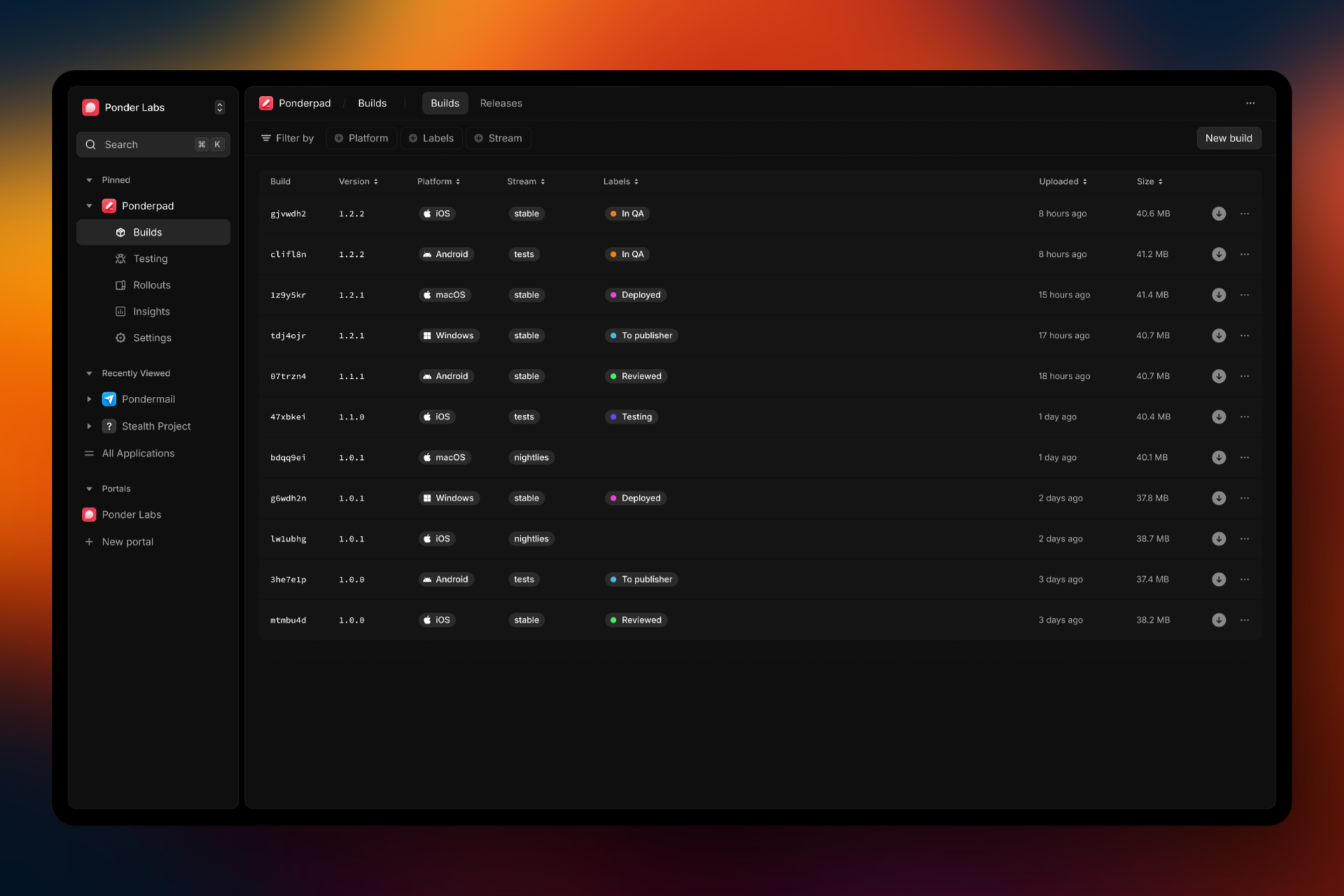
In this first phase, we've focused on designing the best possible experience for teams to manage their build files, learning from our past experiences with tools like HockeyApp and TestFlight, while going much further: in imagining a tool teams producing any kind of software, whether mobile, desktop, game consoles, or embedded systems, can use to manage all their builds. Capturing all nightlies, all test builds, all stable releases, and allowing powerful organization, and management with features like retention policies.
And of course when it comes to distributing your app builds internally or to testers, we're focused on offering not only App Center's capabilities but going well beyond, whether you want to invite collaborators into your workspace, generate instant share links, post to Slack, push OTA app updates, automated sync of builds to testers' devices, or even share via a protected portal hosted on your own website with your own branding.

We've recently rolled out tons of updates to our iOS and Android distribution flows, and we have so much more planned on our roadmap, including integrated QA workflows, and collaboration on rollout to stores.
So if you're on the lookout for an App Center replacement, we hope you'll check out Buildstash and sign up for early access. We're onboarding teams today!
